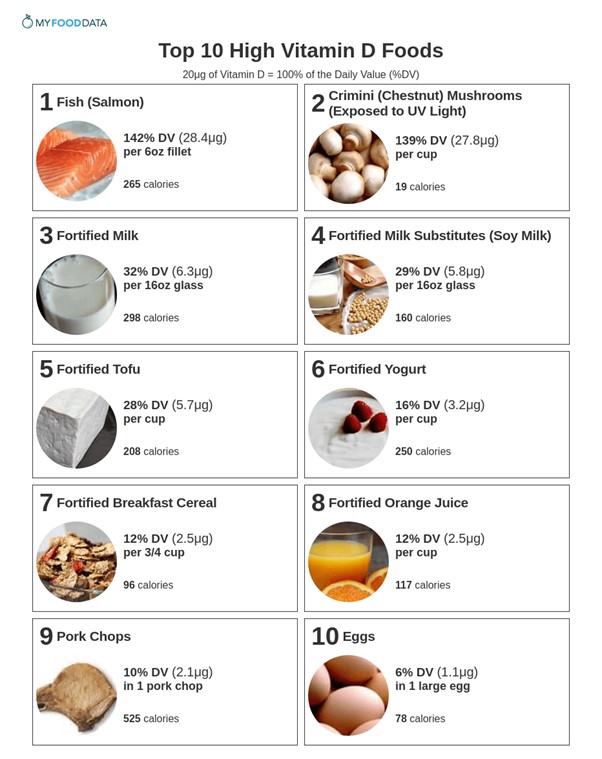A 5' 3" (1.6 meter) 113-pound (51.3 kg) client has a lipid profile of total cholesterol 267 mg/dL (6.92 mmol/L), LDL 167 mg/dL (4.33 mmol/L), HDL 85 mg/dL (2.2 mmol/L), triglycerides 79 mg/dL (0.89 mmol/L), and VLDL 16 mg/dL (0.41 mmol/L). Based on these findings, it is most important for the nurse to teach the client to make every effort to completely avoid which foods?
Reference Range
Total Cholesterol [Reference Range: less than 200 mg/dL]
Low Density Lipoproteins (LDL) [Reference Range: less than 130 mg/dL]
High Density Lipoproteins (HDL) [Reference Range: Male: greater than 45 mg/dL or greater than 0.75 mmol/L] Very Low-Density Lipoprotein Cholesterol (VLDL) [Reference Range: 12 to 30 mg/dL or 0.31 to 0.78 mmol/L]
Nuts.
Shellfish.
Eggs.
Cheese.
The Correct Answer is D
Choice A
Nuts is incorrect. Nuts are a good source of healthy fats, including monounsaturated and polyunsaturated fats, which can actually have a positive impact on heart health. They have been associated with improving HDL cholesterol levels and can be a part of a heart-healthy diet. While nuts are calorie-dense, small portions can be included as part of the client's diet to replace less healthy snacks. Therefore, nuts might not need to be completely avoided.
Choice B
Shellfish Is incorrect. Shellfish, including shrimp, crab, and lobster, are relatively low in saturated fat and cholesterol. While they do contain cholesterol, dietary cholesterol has less impact on blood cholesterol levels compared to saturated and trans fats. The client's main concern is elevated LDL cholesterol, which is influenced more by saturated fat intake. Therefore, avoiding shellfish might not be as crucial as focusing on saturated fat sources.
Choice C
Eggs is incorrect. Eggs are a source of dietary cholesterol, but they also provide essential nutrients. Recent research suggests that dietary cholesterol from foods like eggs has less impact on blood cholesterol levels for most people than was previously thought. For the client, the more significant concern is the elevated LDL cholesterol level. If the client enjoys eggs, they might not need to completely avoid them, but they should consume them in moderation and consider other dietary changes to reduce saturated fat intake.
Choice D
Cheese is correct. Cheese is often high in saturated fats, which can contribute to elevated LDL cholesterol levels. Therefore, it would be important for the client to limit their intake of high-fat cheeses.
Nursing Test Bank
Naxlex Comprehensive Predictor Exams
Related Questions
Correct Answer is D
Explanation
Choice A
Offering water to the client hourly is not appropriate. While staying hydrated is important for overall health, offering water hourly might not be necessary unless there is a specific indication of dehydration. However, monitoring the client's fluid intake and output is a good approach.
Choice B
Reducing dairy product intake is not appropriate. Dairy product intake is not typically associated with sudden onset confusion. Reducing dairy product intake would not be the primary intervention for addressing confusion.
Choice C
Increasing daily sodium intake is not appropriate. Increasing sodium intake is unlikely to be the appropriate intervention for confusion unless there is a specific medical reason for it. Moreover, excessive sodium intake can have negative health consequences.
Choice D
Reviewing the intake and output record is appropriate. Confusion in an older client can be caused by various factors, including medical conditions, medication side effects, dehydration, and electrolyte imbalances. Reviewing the intake and output record (option D) is a reasonable intervention to gather more information about the client's fluid balance and hydration status. This can help the nurse assess whether the confusion might be related to dehydration or electrolyte imbalances.
Correct Answer is D
Explanation
Choice A
Bananas are incorrect. While bananas contain some nutrients, they are not significant sources of vitamin D, calcium, or phosphate, which are key nutrients for preventing rickets.
Choice B
Apple juice is incorrect. Apple juice is not a significant source of vitamin D, calcium, or phosphate. It may contain some vitamins and minerals, but it is not a primary food source for preventing rickets.
Choice C
Oranges are incorrect. Like bananas and apple juice, oranges are not significant sources of vitamin D, calcium, or phosphate. While they contain vitamin C, which is important for overall health, they are not the best dietary source for preventing rickets.
Choice D
Fortified milk is correct. Rickets is a condition primarily caused by a deficiency of vitamin D, calcium, or phosphate. Vitamin D is crucial for the proper absorption of calcium and phosphorus in the body, which are essential for bone health and development. Fortified milk is an excellent dietary source for preventing rickets because it is often enriched with vitamin D and calcium, both of which are important for bone mineralization and growth.

Whether you are a student looking to ace your exams or a practicing nurse seeking to enhance your expertise , our nursing education contents will empower you with the confidence and competence to make a difference in the lives of patients and become a respected leader in the healthcare field.
Visit Naxlex, invest in your future and unlock endless possibilities with our unparalleled nursing education contents today
Report Wrong Answer on the Current Question
Do you disagree with the answer? If yes, what is your expected answer? Explain.
Kindly be descriptive with the issue you are facing.
